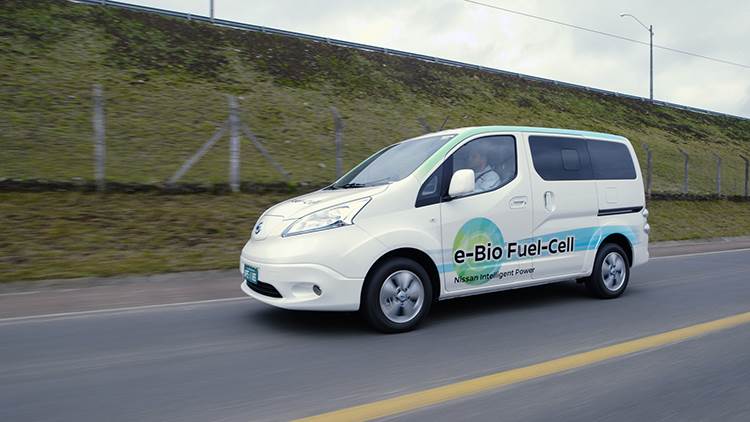Brazil has been a pioneer in the ethanol industry and has over five decades of experience in this field. India is embarking on a carbon-free mission and thinks Brazil’s expertise in renewable fuel sources can make a big difference.
Flavio Castelar, Executive Director, Brazil Ethanol Cluster, spoke to Autocar Professional about how they are working jointly with Indian companies to share technologies for producing ethanol using sugarcane instead of just molasses.
Can you take me through what’s happening in India, at present, in terms of blending?
We have a task force to help India. We have our government helping and sharing knowledge and technology with India. We have almost more than 50 years of experience in blending, and we are sharing that along with policies and technology for blending distribution. Also, we have our automakers in Brazil, and we are trying to connect with the automakers here to share our technology of flex fuel cars that you can use with any kind of blend, from E10, E20, E30, E50, and even E100.
We are also trying to work with some companies here in India to share these kinds of technologies to produce ethanol using straight sugarcane juice instead of just molasses. As the technology changes, you can use sugarcane juice and molasses together in the same distillery, and with this, you can improve the amount of ethanol at the end.
Also, in Brazil, we have first generation ethanol now that uses sugarcane juice and molasses. Plus we are adding a secondgeneration ethanol plant that uses cellulose as a feedstock. If you run this technology together with the firstgeneration ethanol, you can add 50 percent more ethanol using the same amount of sugarcane. There is a group named Raizen, that is a joint venture between Shell and Cosan, a Brazilian company. Raizen already has an ethanol plant operating for more than five years and has started the construction of four new plants. We have a chance to share this kind of technology with India.
Are you also collaborating with Indian companies?
We are signing agreements between Brazilian and Indian companies to license this kind of technology and produce it here in India. We are sharing the flex hybrid car technology that has a combustion engine that you can use with any blend of ethanol and electrical motors running at the same time, so you don’t need a battery.
Another developing technology that we are sharing with the motor companies here are the cars that use hydrogen, but without the need to fill the tank with hydrogen, using ethanol as a source of hydrogen and through a special device you can extract hydrogen. We have developed technology that can be used onboard a car or installed at the service station. Since all countries already have an infrastructure for the distribution and use of liquid fuels, thus saving on a H2 distribution system.
Are there vehicles using this system?
Yes, we have a Nissan prototype. It has a fuel cell system that uses bio-ethanol (100 percent ethanol or ethanol-blended water) as a fuel source to generate electricity through the Solid-Oxide Fuel Cell (SOFC). The generated electricity charges the battery which provides power to the vehicle. This technology will be one of the solutions to mobility in the future. A mix of EV, flex hybrid and hydrogen cars will be the solution.
 Nissan developed a prototype car with an ethanol flex-fuel system that offers battery charging capabilities.
Nissan developed a prototype car with an ethanol flex-fuel system that offers battery charging capabilities.
Has the Indian Government taken any of the recommendations made by your organisation?
Yes, the governments of Brazil and India have signed agreements for cooperation. We started talking to the Indian government in 2020 and look at how far we have come! In January 2020, an MoU was signed between India and Brazil in the bio energy sector, and then we started sharing our public policies regarding bio energy bio fuels in our programmes.
Do you think India’s ambitious target of reaching 20 percent blending in 2025 is possible?
I am very confident that India will achieve this target. Some years ago, the target was just three percent blending, and now India has already achieved 12 percent blending in just three years.
What are the challenges for India to get there?
The challenge is just to balance the production of sugar and ethanol and to keep this business environment attractive for investments. In the last three years, we have seen an increase of investments not only in India, but also in Brazil. In Brazil, the majority of the production is from sugarcane, but you can also use other feedstock such as grains and cassava.
This interview was first published in Autocar Professional’s April 1, 2023 issue.
Also read
The long road: India gets ready for the hydrogen challenge
‘Government support is critical for providing PLI in electrolyser manufacturing’: Dr RK Malhotra
